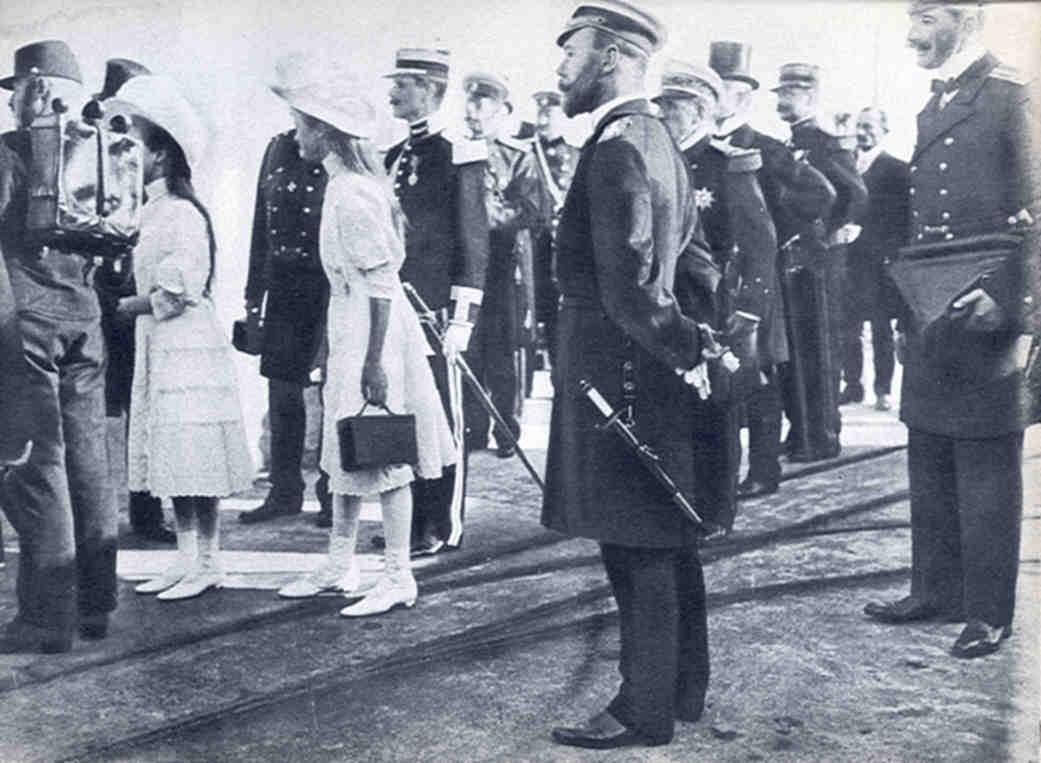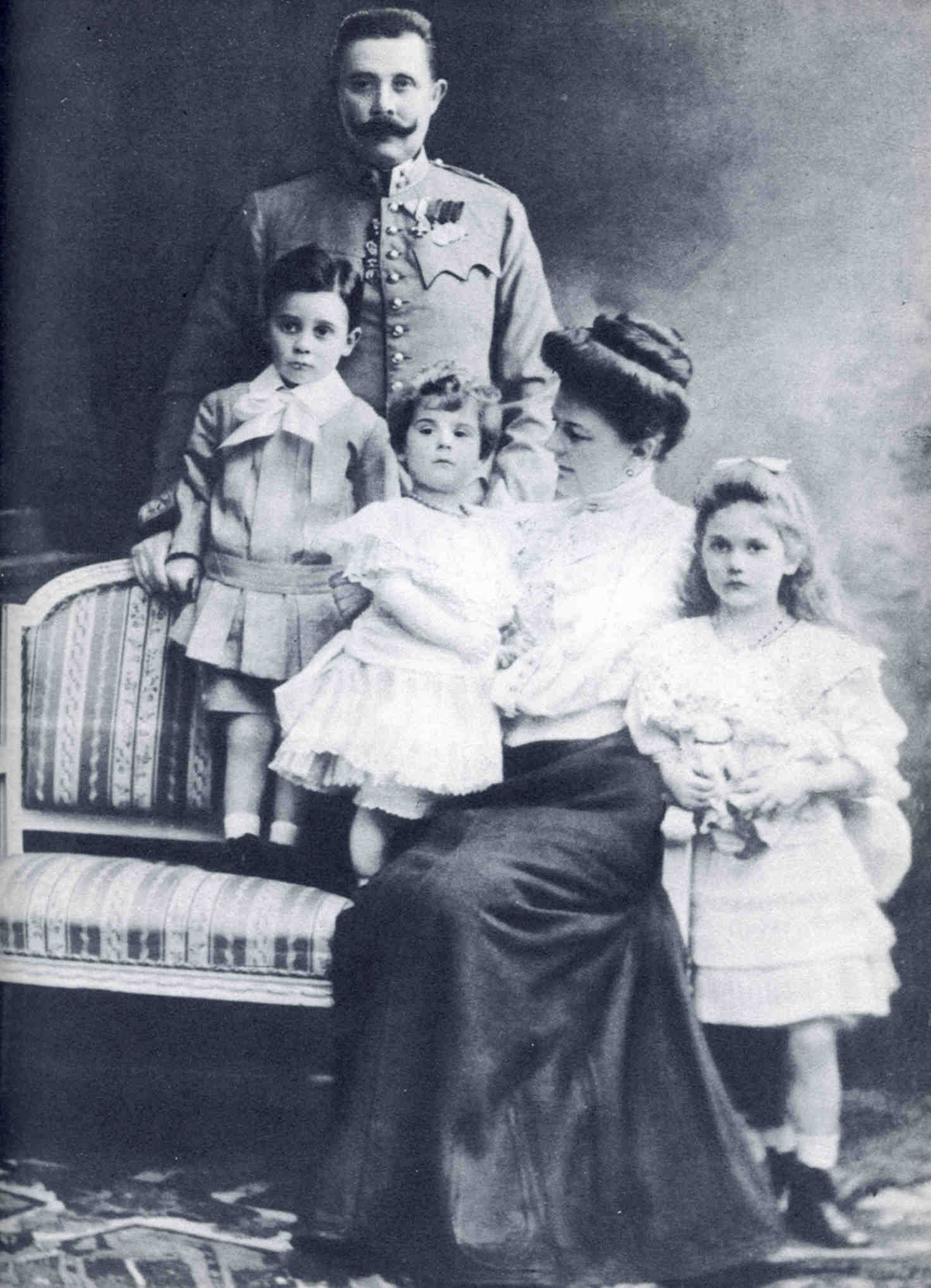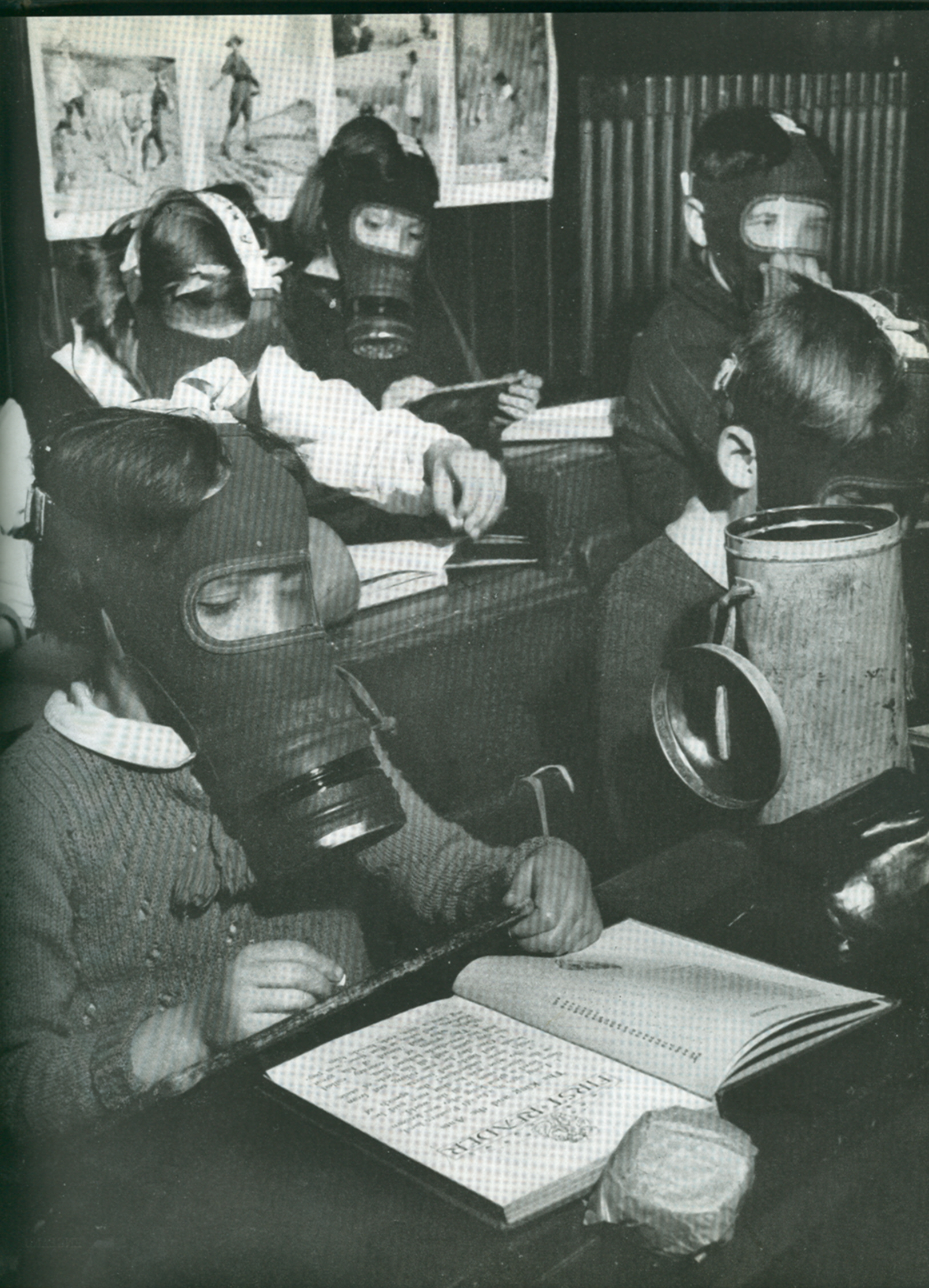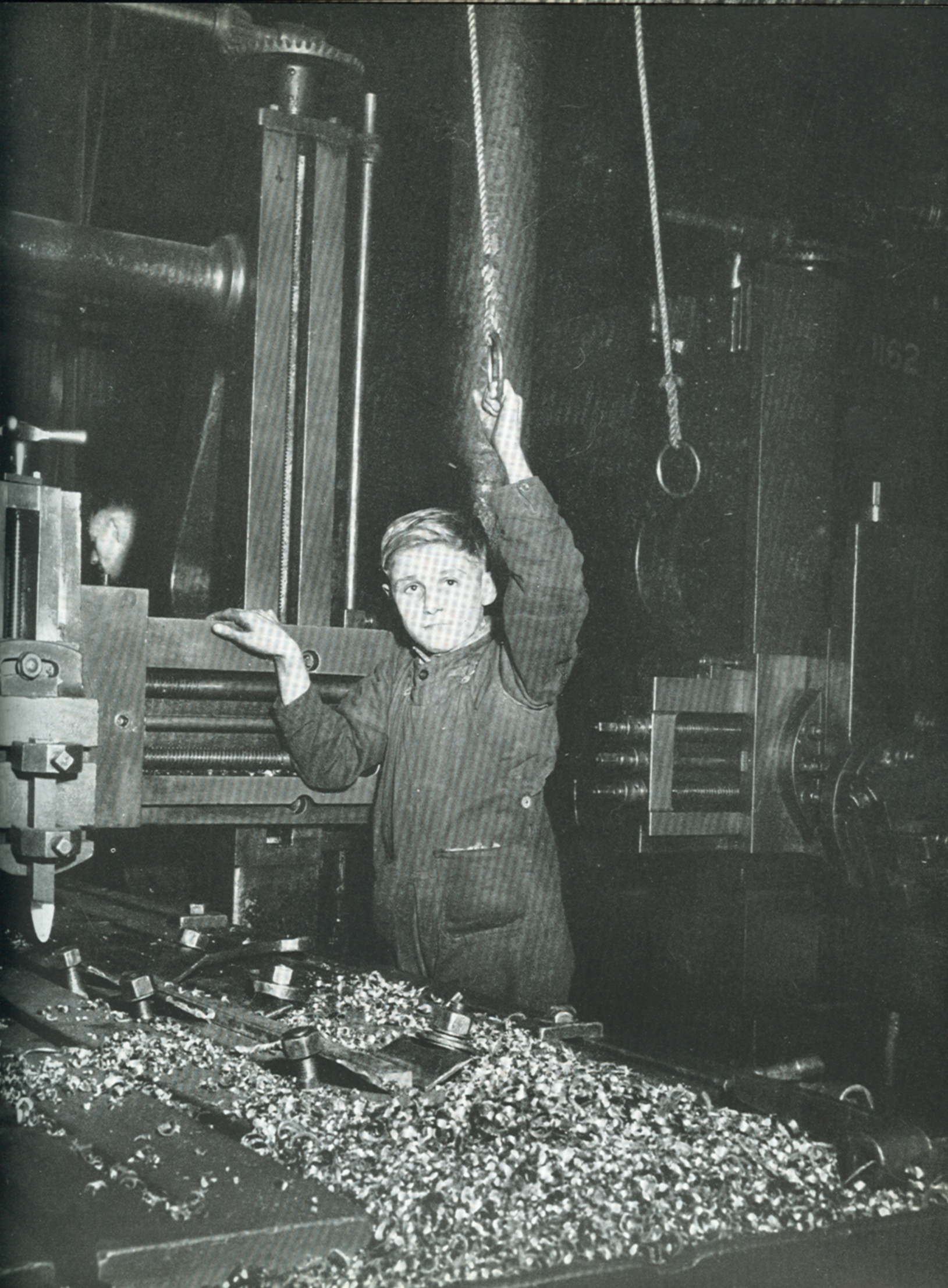The Life of Therese Bonney
Therese Bonney was born Mabel Therese
Bonney in Syracuse, New York on July 15, 1894, the daughter of Anthony Le Roy and
Addie Bonney. At the age of five Therese moved with her mother to California
and remained there until her graduation from the University of California at
Berkley. It was at this point in her life that she stopped using her first
name and began going by Therese. A year after her graduation she went to Harvard and got her
MA
in Romance Languages. She then went to Columbia university to prepare for her
Ph.D. She finished her education in
Paris where she was the first American to receive a scholarship to attend the
Sorbonne. She received the degree of Docteur des Lettres degree there in
1921 after passing her exam with the highest honors. After
her graduation she was awarded multiple scholastic honors, including the Horatio
Stebbins Scholarship, The Belknap, Baudrillart, Billy Fellowships, and the Carl Schurz Memorial Foundation Oberländer grant in 1936 in
order to study Germany's contributions to the history of
photography.
After her education she spent
much of her life abroad with Paris as her "headquarters" (Robertson). Even though she had initially wanted to be an
academic, her experiences in Europe caused her to change her
plans. It was now her goal to help develop cultural relations between the
United States and France. In the years following her graduate studies she
helped to establish the Red Cross' correspondence exchange between the children
of Europe and the children of the United States. She also traveled
throughout all of
Europe lecturing and helping to organize Junior Red Cross groups in other
countries. It was during this time that Bonney became interested in
journalism and the power of the media. She had assimilated herself into French society and set up her headquarters in Paris and soon became a
frequent contributor to newspapers and periodicals in England, France, and the
United States. Soon after, she founded the first American illustrated press
service in Europe known as the Bonney service.
Bonney was also a sought after
model. She was "acclaimed as the most perfect da Vinci model in the
world." (Syracuse Herald) She modeled for artists in
France and Spain.
In 1929 Therese Bonney added
writing books to her list of accomplishments when Robert M. McBride and Company published a series of guide books
which she prepared in collaboration with her sister Louise Bonney. These books
included such titles as Buying Antique and Modern Furniture in Paris, A
Shopping Guide to Paris, Guide to the Restaurants of Paris, and French Cooking
for American Kitchens.
Though she lived much of her
life in Paris, Bonney never considered herself an ex-patriate. Rather, as
she noted in 1978, "I have made my headquarters in France since 1918...I am
the dean of the American press corps in Paris. Nobody outdates me."
(Robertson)
In Therese Bonney's old age
she was still interested in helping
others. She now set out to reveal the plight of the elderly around the
world, and wanted to compose a book on the elderly, in the same style she
made Europe's Children. She took up efforts to extend Medicare to elderly Americans over
seas and worked to raise awareness of the elderly around the world. At the age of 80 Bonney
was presented with a second Doctorate in gerontology at the Sorbonne. Unfortunately
she died soon after at the age of 83 on January 23, 1978 in an American hospital
in Paris.
References





